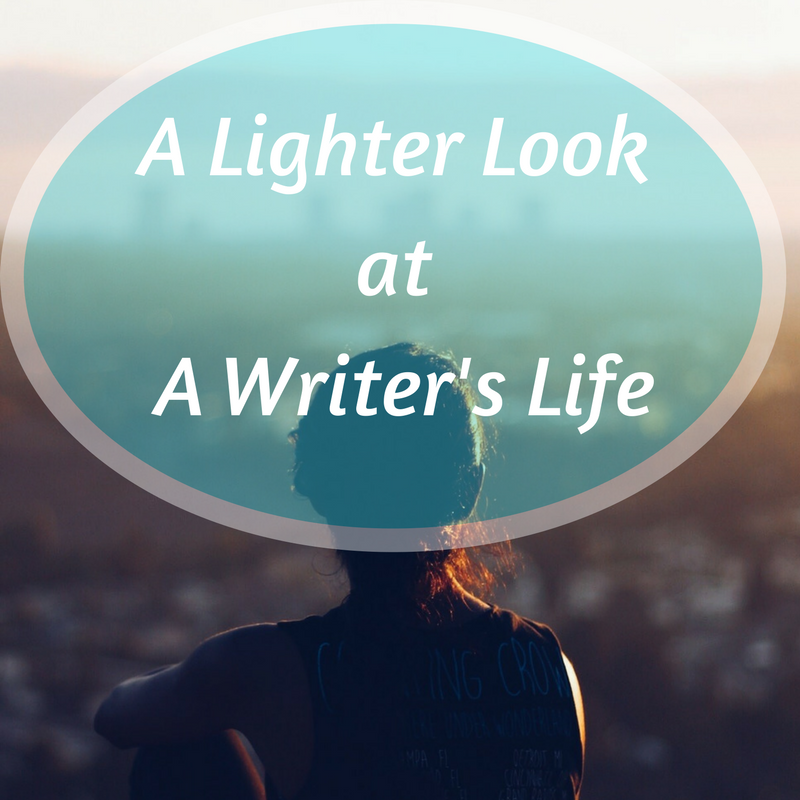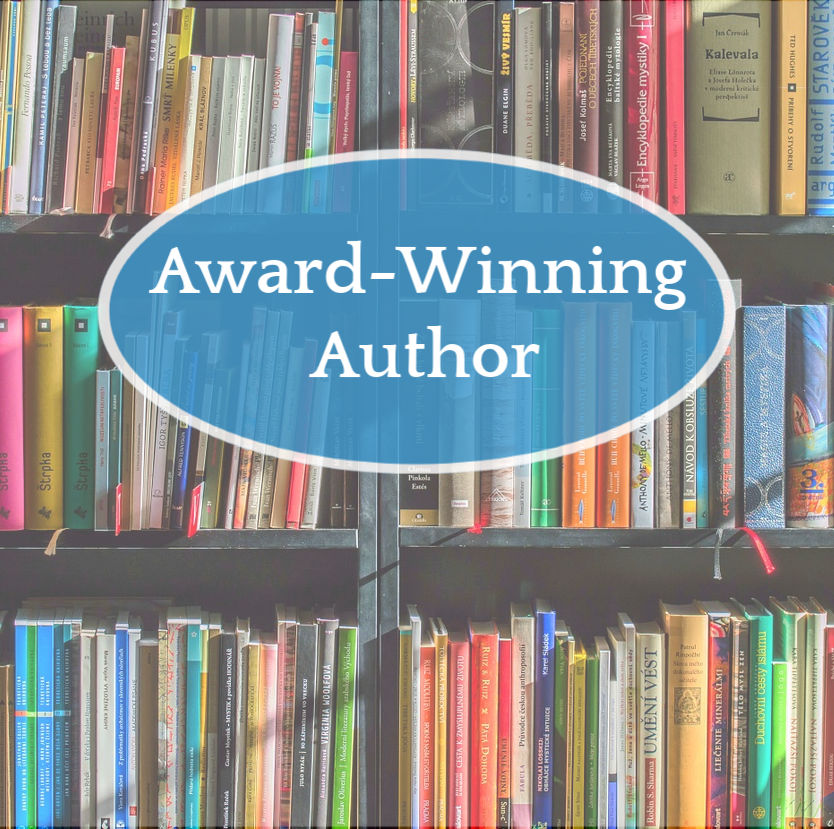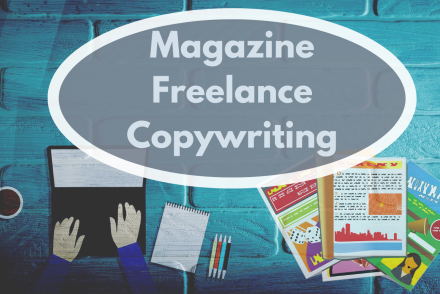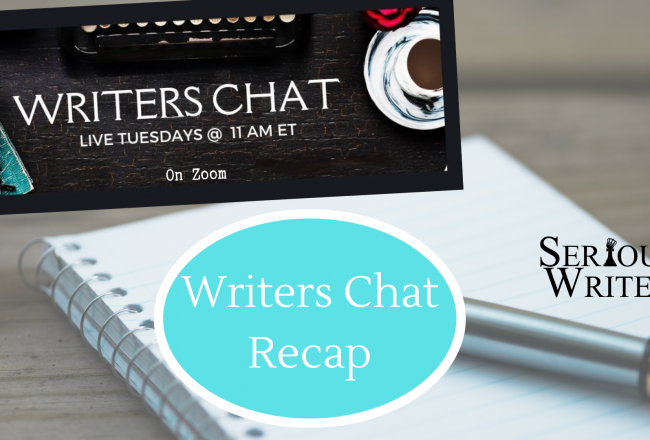
Gallant or Goofus Writer?
I was an early reader and gobbled up anything I could get my hands on to read, from library…
April 6, 2023
I was an early reader and gobbled up anything I could get my hands on to read, from library…
April 6, 2023
Writers Chat, hosted by Jean Wise, Johnnie Alexander, and Brandy Brow, is the show where we talk about all…
April 5, 2023
Recently, I reconnected with an old Christian writer friend on Facebook. We hadn’t seen each other in about a…
April 4, 2023
She stopped to adjust her baby on one hip while juggling luggage with the other. Her son came up…
April 3, 2023
Throughout my decades in publishing, I’ve written many different types of nonfiction books: biographies, how-to, diet, self-help, co-authored books,…
March 29, 2023
Earlier this month I learned an article I wrote was a finalist in the 2023 Selah writing awards contest.…
March 28, 2023
For young adult authors one of the ways to connect with readers is through school visits. I asked Author…
March 27, 2023
Do you struggle to find the right words to describe your characters’ emotions? I certainly do. Description and portraying…
March 24, 2023
Can you share a little about your recent book? How to Dress a Dinosaur is a board book published…
March 21, 2023
A headline is the title of an article or any other publication the purpose of which is to get…
March 19, 2023
Do you hate being late? The feeling of missing out on the first of a dinner can be frustrating.…
March 18, 2023
As an aspiring middle grade author, you’ve probably heard this before – if you want to write compelling, relevant…
March 16, 2023Writers Chat, hosted by Jean Wise, Johnnie Alexander, and Brandy Brow, is the show where we talk about all…
March 15, 2023
The gig economy has been steadily growing in the U.S. for the past five years. Over 73 million Americans…
March 14, 2023
In The Picture of Dorian Gray, Oscar Wilde writes that people know the price of everything and the value…
March 10, 2023
Two Epic Proportion Floods are predicted in the publishing industry. Artificial Intelligence has discovered writing and illustrating. At the…
March 8, 2023
The other day I was driving and thinking. That can be a scary combination, but I allowed my mind…
March 6, 2023
Over Valentine’s weekend, I decided to re-watch one of my all-time favorite movies. I decided to do a commentary…
March 4, 2023
My grandfather walked away from the Lord. Once a pastor, Pappy left the ministry and held a few…
March 3, 2023
Writers Chat, hosted by Jean Wise, Johnnie Alexander, and Brandy Brow, is the show where we talk about all…
March 2, 2023
Slogging away for weeks, months, or years on a project can be discouraging. Writing requires self-discipline, but is that…
February 27, 2023
We’re almost 3 months into the new year, and unfortunately, a lot of people have already given up on…
February 26, 2023
So many personality types and traits and tools to figure them out. The Enneagram Myer Briggs The OCEAN Model…
February 25, 2023
Among writers in the publishing community, there is a false belief that my submission does not have to be…
February 25, 2023
If you’re like me, you often feel overwhelmed by all the things an author should do to succeed. Social…
February 24, 2023
